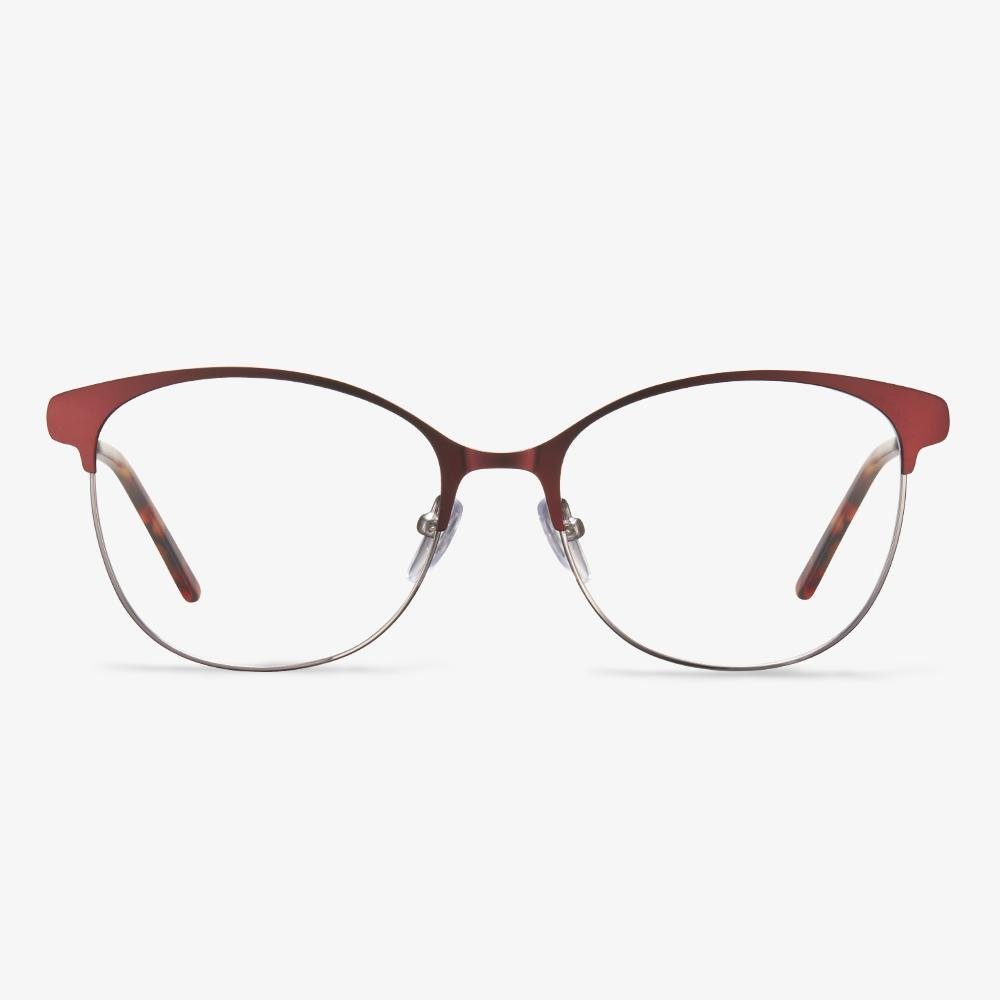Confirm the optometric data
It is necessary to confirm the accuracy of optometric data. If you stay up late or look at the phone or computer for too long before the optometry, leading to visual fatigue, it will increase the degree. But if you can let your eyes have a good rest, and then take optometry, the degree may be restored to the original situation, so you need to know the state of optometry, to check if it really had increased in degrees. The main purpose of progressive lens is to use it for people who have bleached eyes and often take off the lens.
What glasses are best for night driving?
You had better not make myopia sunglasses directly with sunglasses frame. The radian of a lot of sunglasses is too high. When the nearsightedness lens that uses 400 degrees directly is squeezed into radian even 600 degrees to 800 degrees frame. The actual degree of the lens and other parameters will change. And, to meet the processing that sunglasses frame needs, the pupil distance of most myopic sunglasses was magnified 4 mm above. This is eye damage! No matter what style or look your glasses are, make sure they are specifically designed to eliminate glare and improve your view.
Is it true that green film prevents blue light?
Some lenses filter out harmful blue light by reflective multiplayer coating. The lens has a bright blue-violet coating. Green film anti-blue lens relies on the lens material itself to absorb blue light. Therefore, it is impossible to know if the lens can really block the blue light only by looking at the film layer. Instead, it is necessary to use the test equipment of blue light blocking rate or ask the manufacturer to provide relevant experimental data. There is no problem wearing an anti-blue lens unless the user has a high demand for color authenticity, like painters, graphic designers, etc. Because when using anti-blue glasses to see white blue objects, there will be a certain color deviation. It is up to the above workers to make their own decisions.
Where to Buy Non-Prescription Glasses?
From the above information, you can know that glasses without prescription are good for your eyes. So, you may ask where to buy non-prescription glasses. In general, you can buy non-prescription glasses from a local optical store or online. And here, we want to recommend the Koalaeye glasses.
Koalaeye Optical is an online optical store that provides all kinds of glasses and sunglasses like blue light blocking glasses, non-prescription reading glasses, and so on. So, from here, you can get satisfied non-prescription glasses. Besides, Koalaeye provides a free shipping service and you can get the package without going out.
Brick-and-mortar stores have fewer customers.
Brick-and-mortar stores are known to have a significantly smaller customer base, targeting a particular county or even a particular region and population. Mainly aimed at young students.For physical stores, their income range is relatively narrow. Therefore, in order to make more money, every physical store can only make a profit by raising the single sale price. Online stores attract consumer demand from all over the country and the world through the Internet.
39Dollar Glasses
39DollarGlasses was developed by ophthalmologists to provide people with an inexpensive way to get high-quality finished prescription glasses.
They use the same high-quality materials, but because of their large volume, they offer a high discount because they have no additional overhead limits. Elastic glasses are made of high-quality titanium, one of the strongest metals on Earth. For you, that means your bent titanium glasses won't rust or break easily. Looking stylish and active, when you buy a pair of elastic glasses on 39DollarGlasses, your prescription glasses include full UV protection, and the thin and light lenses can be customized to your needs.
How Do Progressive Lenses Work?
So, how do progressive glasses work? Progressive lenses allow you to see at all distances with one pair of glasses. They start with your distance prescriptions at the top of the lens and increase as you move toward the bottom of the lens. You can move your head position to allow you to focus through different areas of the lens.
Move your head upwards to see something in the distance, and hold it straight for intermediate or arm’s length vision and down for near vision for objects that are close up. Apart from the aesthetic improvement of the lens without the line segments, progressive lenses avoid the visual discontinuity or image-jump when your eyes shift from one zone to the other in non-progressive multifocals.











































